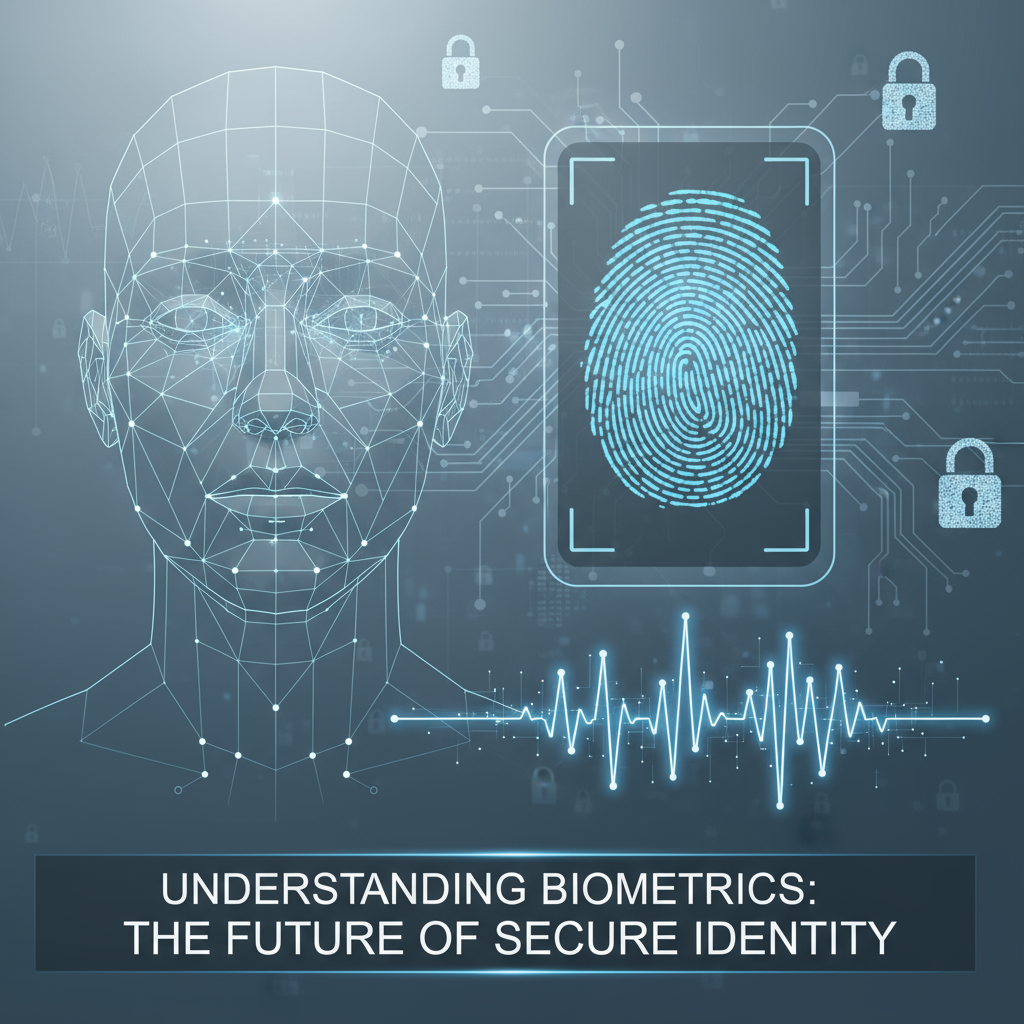In today’s digital world, strong and user-friendly security is more important than ever. Voice biometrics is a cutting-edge technology that uses the unique features of a person’s voice to verify their identity. It’s changing the way we secure access to devices, apps, and services by making authentication easier and safer. In this blog, you will learn what voice biometrics is, how it works, its benefits, challenges, and tips for successful use.
What is Voice Biometrics?
Voice biometrics is a way to identify and authenticate people by analyzing their voice. Just like fingerprints, every person’s voice is unique. This uniqueness comes from the physical shape and size of their vocal cords and mouth, as well as learned speech habits like accent and tone.
Your voice generates a unique “voiceprint,” a mathematical model that captures these characteristics in a form a computer can use. This voiceprint is stored securely and used to verify your identity whenever you speak.
How Voice Biometrics Works
The process has two main steps: enrollment and authentication.
- Enrollment: You provide a voice sample that the system analyzes to make your voiceprint. This may be done by speaking a set phrase or naturally during a conversation.
- Authentication: When you want to access a system, you speak again, and the system compares your current voice to the stored voiceprint. If they match closely enough, you are verified.
Technology like AI and machine learning helps these systems to identify a voice quickly and accurately, even in different environments or if your voice changes slightly due to illness or background noise.
Benefits of Voice Biometrics in Security
- Stronger Security: Unlike passwords or PINs that can be stolen or forgotten, your voice is always with you and much harder to fake.
- User-Friendly: It allows for hands-free and fast authentication without remembering codes or using hardware tokens.
- Fraud Prevention: Voice biometrics can detect imposters trying to mimic voices or use recordings, reducing fraud risks.
- Wide Applications: It’s commonly used in banking, call centers, healthcare, and smart devices to secure sensitive information and improve user experience.
According to research, the global voice biometrics market is projected to grow at a CAGR of over 15% from 2023 to 2030, indicating rising adoption due to its benefits.
Challenges and Considerations
- Voice Variability: Illness, stress, or aging can slightly change your voice, potentially affecting recognition.
- Environmental Noise: Loud surroundings or poor-quality microphones may interfere with voice capture.
- Privacy: Safeguarding voiceprints is critical to prevent misuse or identity theft.
- Compatibility: Different voice biometric systems may use proprietary formats, making cross-platform use a challenge.
Tips for Successful Voice Biometrics Use
- Use a quiet environment during enrollment for a clear voiceprint.
- Speak naturally and clearly when authenticating.
- Regularly update your voiceprint if the system allows to accommodate changes.
- Choose systems that combine voice biometrics with other security factors for enhanced protection.
Conclusion
Voice biometrics is transforming security by combining strong protection with ease of use. It offers a powerful way to keep accounts and data safe while simplifying user authentication. As technology advances, voice biometrics will likely become a standard method for securing many digital interactions.




